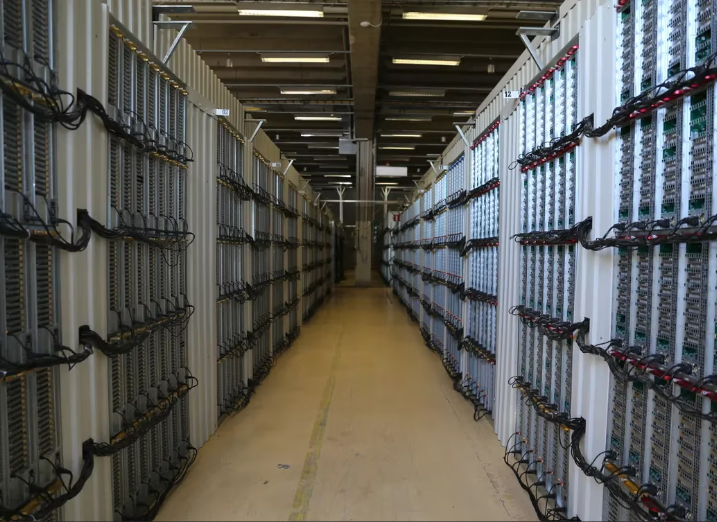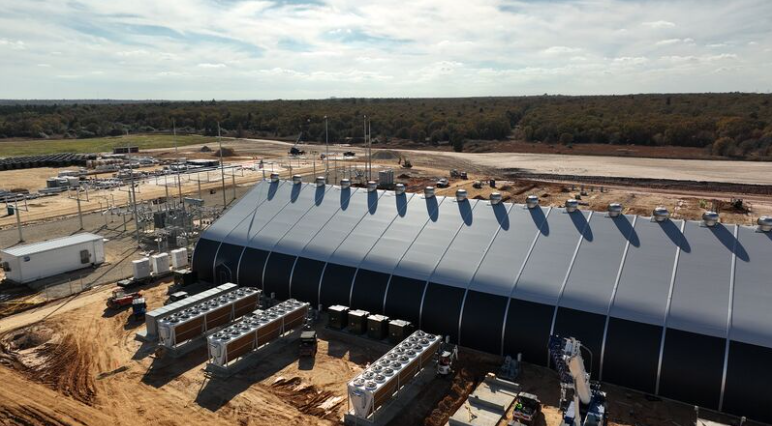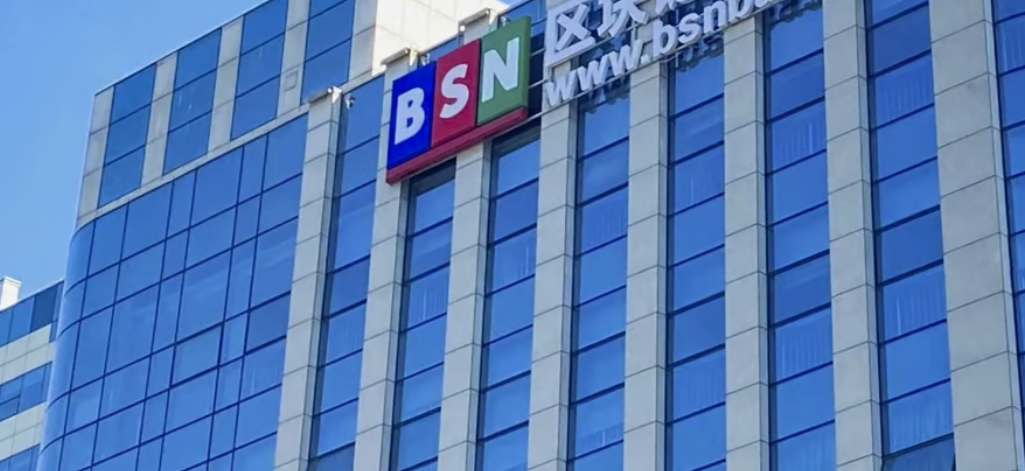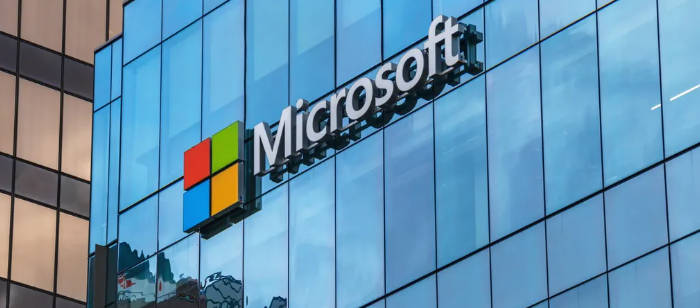It is possible that in the last few days you have come across terms such as blockchain, bitcoin, cryptocurrency, etc. frequently. Blockchain is a technology that finds its applications in financial institutions, cryptocurrencies, healthcare, real estate, etc. Since the blockchain stores your data globally on different servers, allowing everyone to see the inputs in real time, it is difficult for one individual to take control or manipulate the data. We are going to use blockchain to develop a voting system to eliminate electoral fraud.
In this blockchain-based voting system project, we will develop a distributed electronic voting system and also identify the technological limitations of using this system
Problem Statement
In the traditional voting system, the voting process is less secure and the cost of organizing an election is also high. To overcome this, a blockchain voting system is proposed.
Procedure
Registration
First of all, voter verification is an essential part of the system, this is to prevent misuse of someone’s identity to vote. The voter must complete a form that collects information such as national identity number, mailing address, mailing address, password, etc. All of this information forms a transaction created on a voter blockchain.
After registering, the automated government miner will analyze the transaction if the voter has the right to vote or not. In addition, a random password is generated to use at the polling station. In this process, a voting blockchain is used to keep track of both transactions: when a user signs up and when authorized by a government miner.
It is important to remember that the voting blockchain will never store the details of the vote cast by the user.
Voting Mechanism and Architecture
The architecture is designed taking inspiration from both the bitcoin network and the aggregation process of the traditional voting system. This is a decentralized network with two distinct blockchains and divided into three abstracts: national, constituency, and local.
Local consists of all digital polling stations in that particular constituency. The constituency consists of all nodes that are at the constituency level. The constituency nodes are directly connected to each other to the polling station subset.
National – Consists of nodes that are not tied to location, the sole purpose of this overview is to add blocks for blockchain voting and mining transactions.
Independent bodies are used to audit and monitor the voting process. They also act as miners during the counting process.
Voting process
Three pieces of information are required for a person to publish their vote: identification number, password generated during registration, ballot with QR code. The person can vote at a local polling place or over the Internet using the URL provided on the ballot.
Here, the voting system queries the voting blockchain if the user has the right to vote or exhaust their vote. Once the vote is confirmed, the user’s vote on the voter’s blockchain is removed. It is important to remember that two different blockchains are used; one contains the user details and the second contains the voting content.
Advantages of the blockchain-based voting system:
- This system makes the voting process easier and faster, also ensuring privacy.
- As the system is maintained on a decentralized network, there is less chance of system failure.
- If any changes are made to a block, you should reference the previous version to avoid tampering with votes by integrating older entries.














